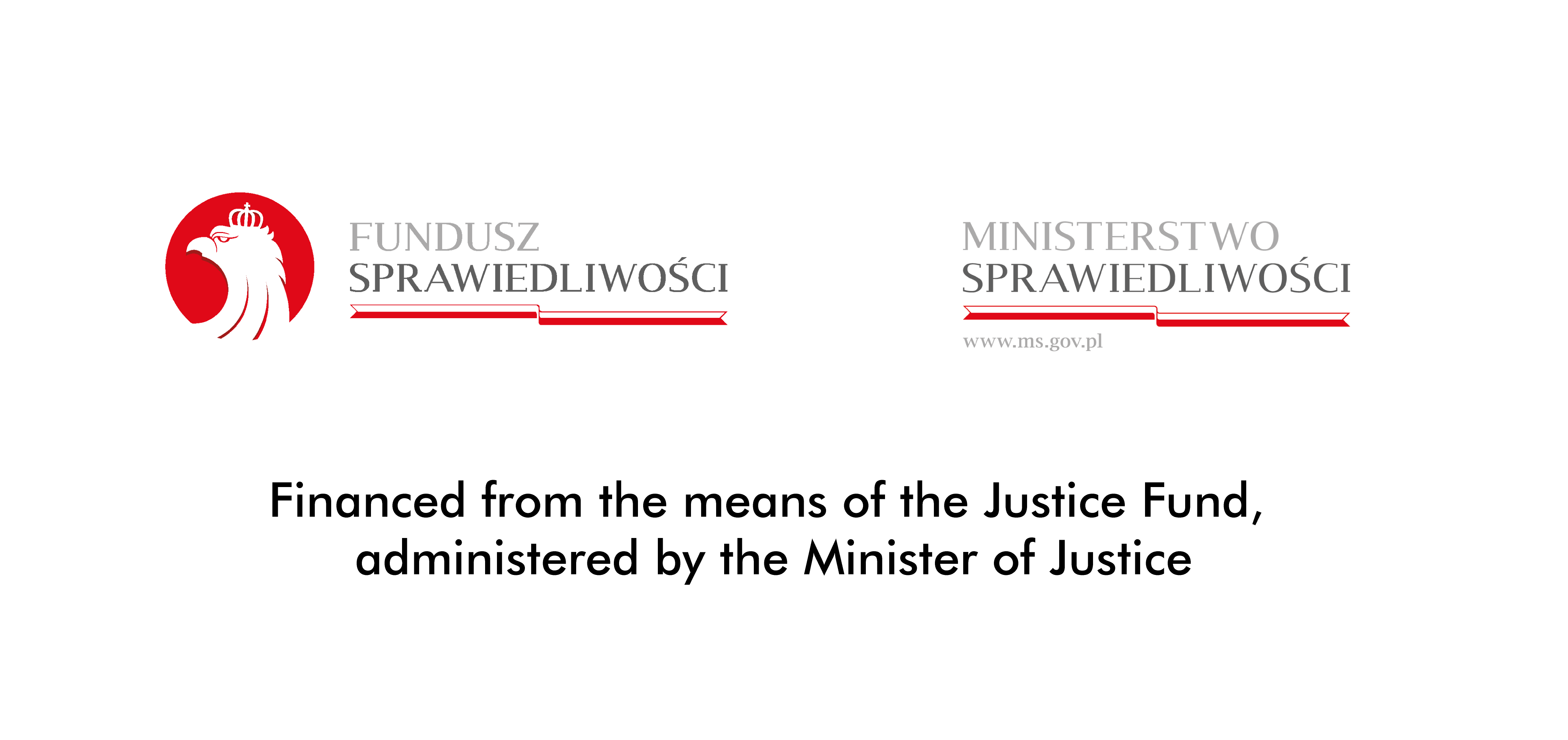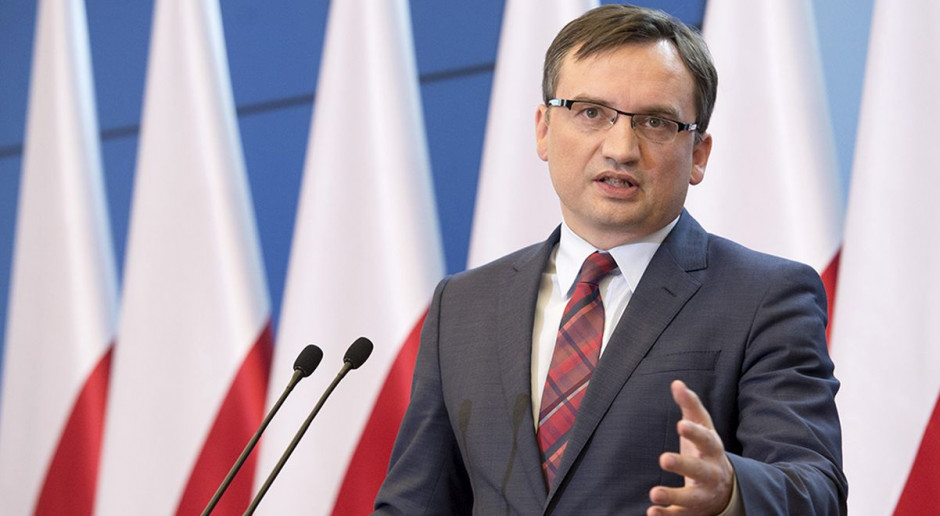On the brink of demographic collapse. What can save us?

An interview with Michal Kot, Director of the Generations Institute, whose mission is to improve Poland’s demographic situation
Karol Gac: How bad a demographic situation are we in?
Michal Kot, director of the Generation Institute: We can look at the demographic situation through the prism of various data. The most commonly indicated is the fertility rate, and indeed it is low, qualifying us as a low fertility country. Between 2016-2018 we managed to raise it, but as of 2019 it is falling again. While we have not returned to pre-2015 levels, we remain at a level that is not much higher.
The second important aspect worth noting is that the baby boom generation of the 1980s is entering a period when they will no longer be able to have children. This is perhaps an even greater problem, because even if we were able to raise the fertility rate in the short run, it will affect the age groups that are far less numerous than those that were at the so-called “procreative age” in recent years. This means that even though the fertility rate will increase, the number of children that will be born will decrease more and more.
The latest figures from the National Census do not inspire optimism. They show that over the decade we have seen a population decline of 1.2%, or about half a million people. In addition, one in five Polish residents is over 60 years old.
The Central Statistical Office’s figures are the result of the referenced trends, and are not surprising. What is more, in the coming years, this trend will only get worse. This we know for sure, because we have numerous people that are over the age of 60. These are the age groups in which the mortality rate is higher than in younger generation, so the number of deaths will increase. On the other hand, the age groups that are in the so-called “procreative” age are much less numerous. This means that even if we were able to raise the fertility rate above the replacement level (2.1), the number of deaths will still be higher than the number of births every year for the next several decades. Rarely in the social sciences do we have predictions that are certain, but this one is almost certain. The only thing that could influence the population not to fall is migration, but on a very large scale.
How large? Currently, for example, we are seeing an influx of refugees from Ukraine.
The prevalence of deaths over births will oscillate between 150-200,000 per year, which means that we would have to have such a large scale of migration. Migration related to the war in Ukraine this year, is about one million people (according to the PESEL database, we have about 1.1 million registered people). Therefore, the scale of migration we would have to have every year to fill the gap would have to be about 1/5 the size of what we faced this year.
Barbara Socha, government plenipotentiary for demographic policy, directly points out that Czech demography is a model to follow. The Generation Institute has prepared a report on the subject. Our southern neighbors have seen the highest increase in fertility rates over the past two decades: from 1.17 children per woman in 2002 to 1.71 in 2020 (an increase of 0.54), and they rank third in the EU. For comparison: fertility in Poland rose from 1.25 to 1.38 (0.13) during this period. How did this happen? Can we point to a hierarchy of measures, or were they rather parallel?
The first conclusion is that there is not one main element that worked, but rather a combination of factors that reinforced each other. The Czechs have their own way of social policy, which is not a copy of systems from other countries. So the Czechs have come up with their own idea and are consistently implementing it. Consistency, by the way, is the second element. The current social policy model is a continuation of a model that has been in place since the 1970s with minor changes. It is a model that exists in the consciousness and social memory of young people and is consistent with social perceptions and aspirations.
The third element is precisely the rooting of this model in the social value system. Contrary to appearances, the Czechs are a country where the family is valued highly. Nearly half of young Czechs (48%) agree that having and raising children is a duty to society. In Poland, only 22%. Young Poles are more likely to respond that working is a duty to society. This shows that on the scale between familism and workaholism, the Czechs are closer to family, while we are closer to work. In addition, the Czech model is libertarian, that is, it strongly supports families regardless of their individual preferences for raising children. Fifth, but perhaps most importantly, the Czechs talk less about demographics and more about family happiness. They focus on making sure the family is in good condition, and fertility rates are, as it were, a result of families being in good condition – not an end in themselves.

This hierarchy of values and approach to the family may be surprising to many. After all, Poles are regarded as those who strongly value the family. Besides, it appears extremely high in all rankings. So what is the reason for this difference?
From a number of factors. Poland was a much more devastated country after World War II and a country that was hit harder by the political transformation. By force, professional work, and material issues must have been more important to us, because we are a poorer country than the Czechs. Secondly, in Poland we have a stronger sense that the family is a completely private sphere. Traces of this perception could be seen, for example, in the discussion around the introduction of the 500 Plus program. There were claims that the beneficiaries are lazy people who take advantage of the work of others. It seems that in the Czech Republic such voices would not be possible in the public debate, because there those who are raising children are widely appreciated at least as much as those who work professionally. There is a widespread awareness that their efforts are a contribution to the well-being and future of society as a whole.
You mentioned the unique Czech model. Meanwhile, a report by the Generation Institute indicates that the Czechs have achieved their success despite the fact that their actions often go in a direction that is different from common social policy trends in other European countries. One example of this is one of the lowest rates of “childbearing.” For that, in Poland, the lack of nurseries was very often mentioned as an obstacle.
This shows that there is no one right way, but, to be successful, one must find an optimal social policy model, and then implement it consistently. The Czechs have adopted a model in which the state very strongly supports families raising children up to the age of 3. An allowance of a total of about PLN 60,000, or about 60% of the salary a woman could receive while working, is paid for three years. The parental allowance is for each child, regardless of the parents’ labor market status. Parents can also, flexibly, decide how much to pay and collect. This means that this decline in family living standards, which is a problem in Poland, is much lower in the Czech Republic. A woman’s work at home is widely recognized as valuable, making Czech women more likely to stay home with the child and return to work when that child is older. This is well illustrated by the numbers. Czech women have one of the lowest labor force participation rates when they have a child under 3, but among women who have a child over 6, the rate is the highest in all of Europe.
This means that the financial component in the Czech model is significant, while social policy itself focuses primarily on direct transfers in the form of financial relief and in the form of benefits, but little on social services.
This is exactly the case. This is shown by Eurostat data, in which the Czechs have the smallest rate of transfers in the form of services, and the largest in the form of financial transfers and reliefs.
Government Plenipotentiary Barbara Socha also pointed out clear differences between Poland and the Czech Republic. In the Czech Republic, she says, unemployment has never been as high as it was in Poland in the 1990s, hence Czechs have no fear of losing their jobs. The second important difference between us and the Czechs is the evenness of the country’s development. These seem to be things that may be difficult to change.
Of course it is. I would caution against introducing Czech solutions in Poland 1:1. When we compare the number of births per 1,000 women of childbearing age in Poland and the Czech Republic by the first, second, and subsequent children, it turns out that what differentiates us most is first births. There are far fewer first births in Poland than in the Czech Republic. This difference has been growing rapidly over the past 10 years, resulting in a childlessness rate twice as high in Poland as in the Czech Republic. About 20% of women do not have a child and will not have one ever. Studies show that one of the main reasons for childlessness in Poland is the lack of a suitable partner. Here we come to the country’s uneven development. Women in Poland are much more likely to migrate to larger metropolitan areas and graduate than men. This in turn causes young women and young men to live elsewhere, so to speak.
What, then, would be worth introducing into our country, and what is better treated with some reserve?
In terms of the symbolic sphere, we should focus more on the condition of families, rather than fertility itself. Secondly, the Family Care Capital program is a step towards financial security for parents of children under 3. Without it, we have a “gap” in the system of income security for parents of young children, i.e. first there is a one-year maternity leave, and then the woman, if she does not want to lower her standard of living, must return to work. The Family Care Capital (RKO) partially compensates for this gap. Therefore, in my opinion, it is worth strongly considering the expansion of this program.
Don’t you have the impression that the problem of demographics is somewhat treated with neglect in Poland? It is almost invisible in the public space and public consciousness.
I have a feeling that the topic of demographics is becoming more and more trendy, and Poles are beginning to realize that demographic issues will determine our future. Because if there is no us, there will be no economy, defense, or any other area of socio-economic life. The preparation of the “Demographic Strategy” shows that those in power recognize this problem and are trying to respond.
Michal Kot – Director of the Generation Institute, an expert in demography, social policy analysis, sociological research, business management and new technologies, member of the Family Council at the Ministry of Family, Labor and Social Policy, and author of numerous publications and reports on demography, family policy, and the impact of new technologies on social life.




